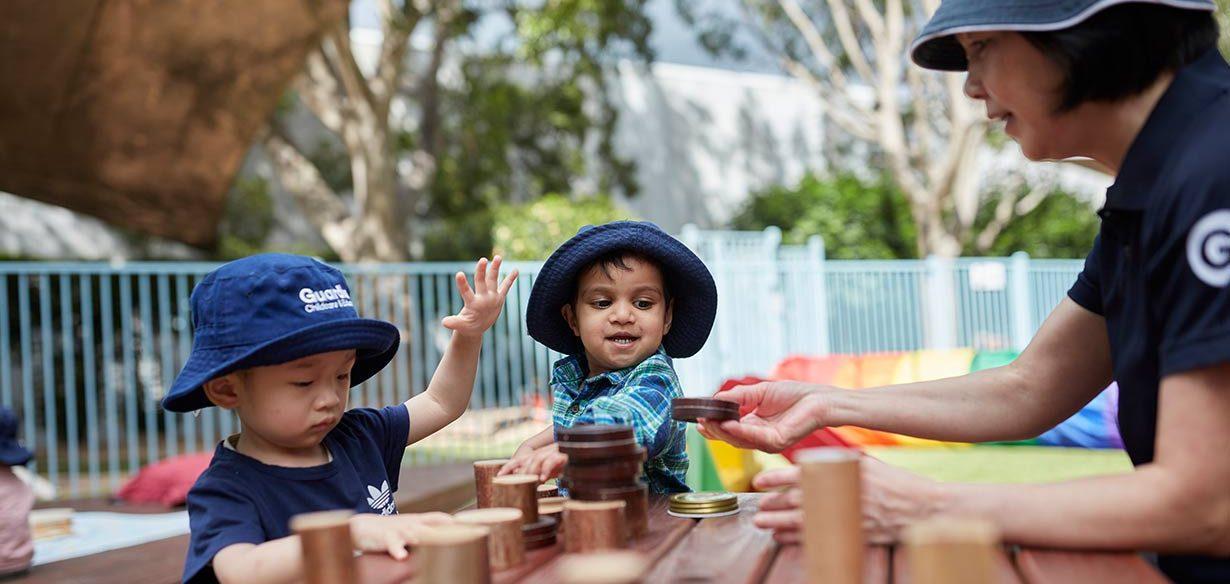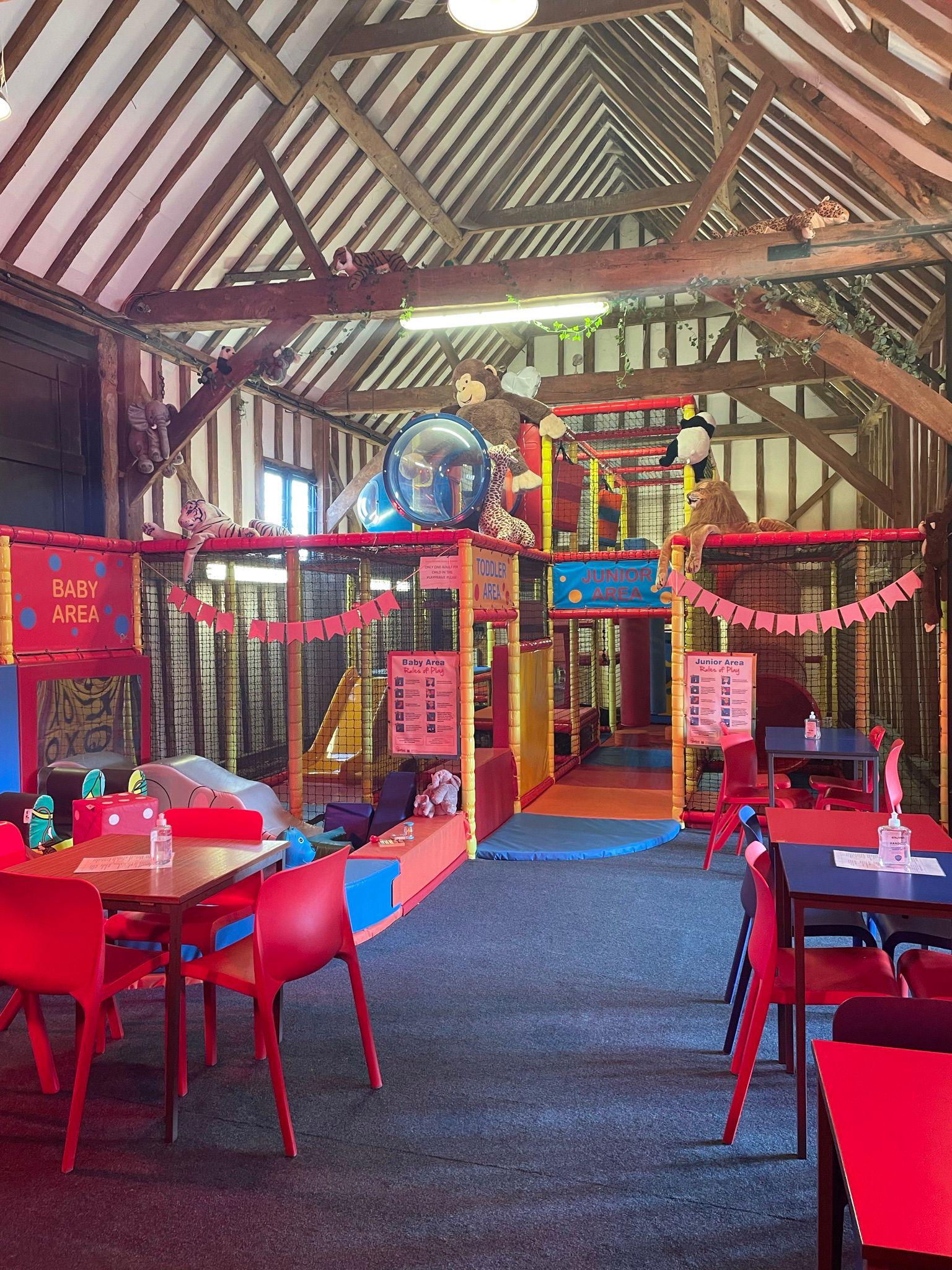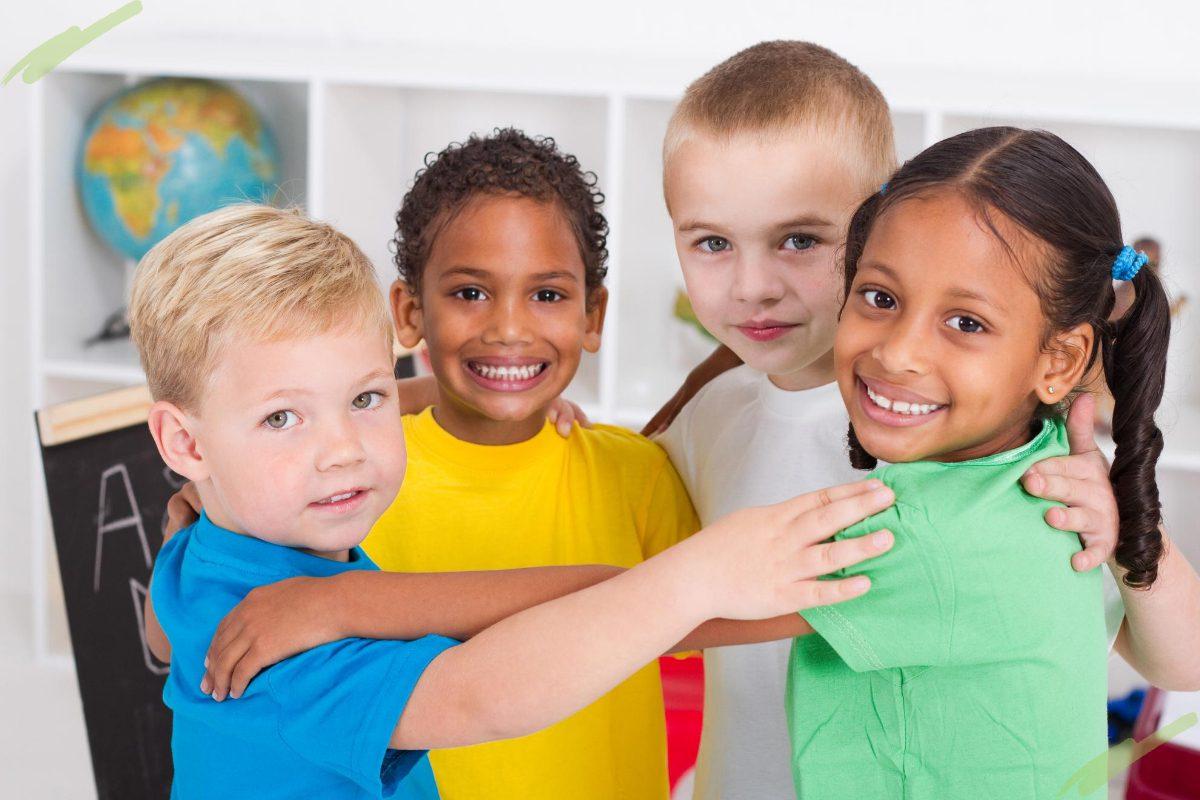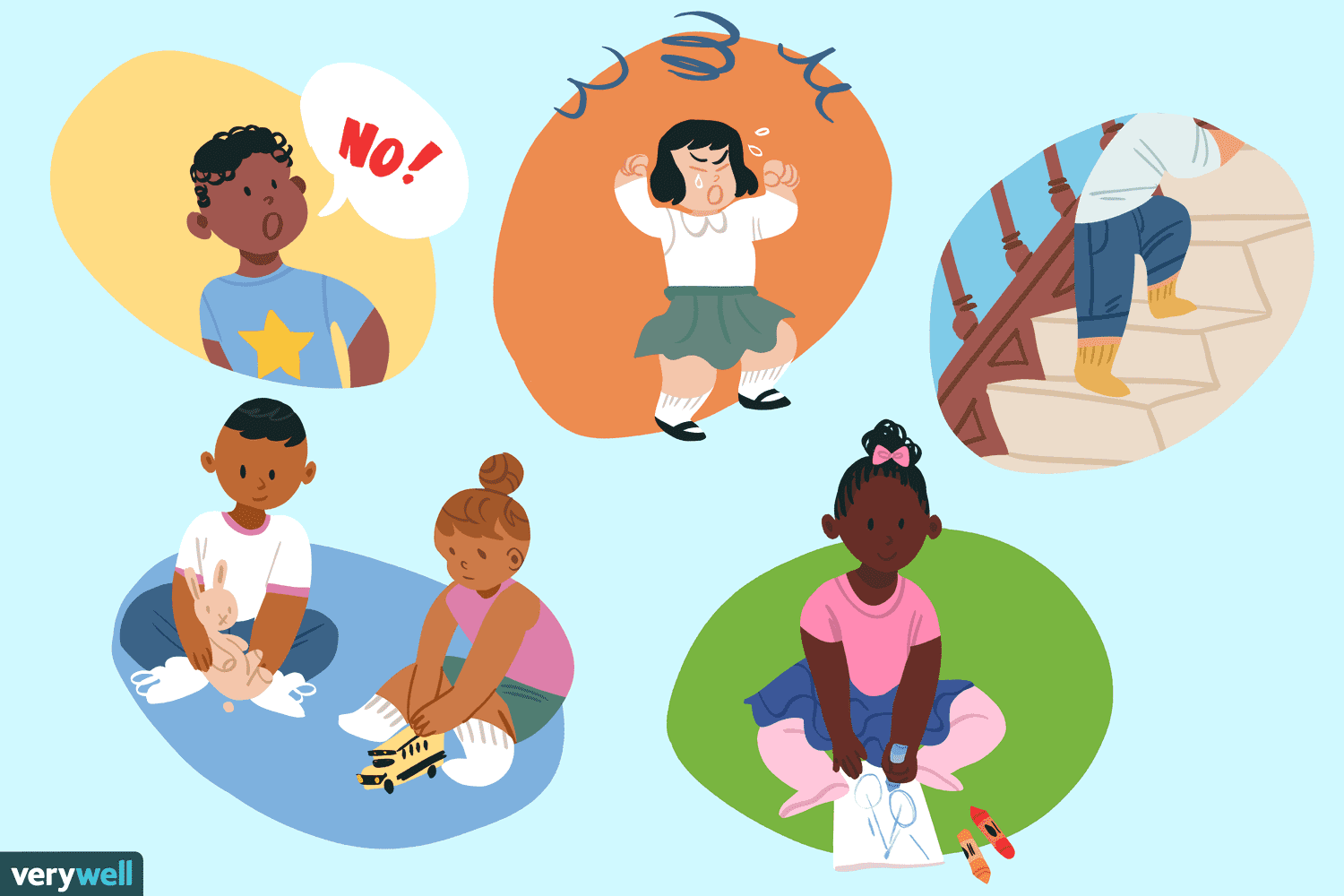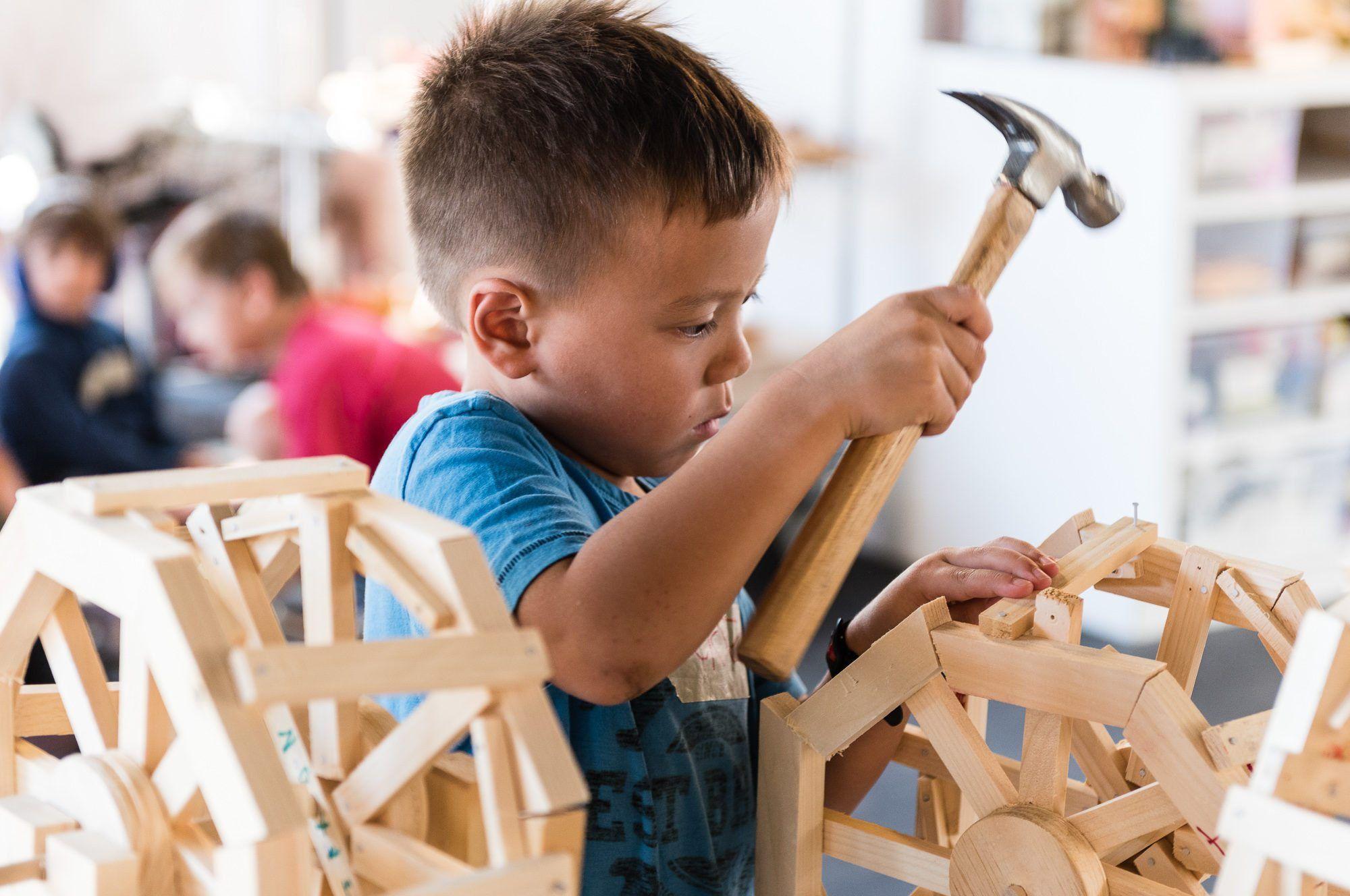The World of Feelings
The Importance of Emotions in Young Children
Emotions in young children form the foundational pillars of a child’s psychological well-being. From the first smile to the expression of frustration and curiosity, emotions serve as vital signals communicating a child’s needs and desires. Understanding these emotions lays the groundwork for creating empathy, social skills, and personal connections. Parents and caregivers can foster a nurturing environment that promotes emotional growth and development by discerning and responding to these emotional cues. This emotional literacy sets the stage for a more compassionate and responsive parenting experience.
Setting the Stage: What to Expect
This guide delves into the multifaceted world of emotions in young children. Emotions provide a window into a child’s soul, whether it’s the unbridled joy of exploration or the tears associated with separation anxiety. From basic feelings to more complex emotions, we’ll provide insights, tools, and practical advice to help you navigate this essential aspect of child development. Stay tuned as we uncover the mysteries of a child’s emotional landscape, enhancing your connection and understanding.
Recognizing Emotions in Young Children
Identifying Basic Emotions
Understanding emotions in young children starts with recognizing fundamental feelings like happiness, sadness, fear, and anger. These basic emotions are universal expressions often displayed through distinct facial expressions and body language. Recognizing these emotions in young children enables parents to respond empathetically. It provides a foundation for teaching children to identify and articulate their feelings.
Beyond the Basics
As children grow, their emotions become more intricate and nuanced. They start to feel emotions like embarrassment, jealousy, or pride, which are layered and context-specific. Understanding these complex emotions in young children requires keen observation, contextual understanding, and compassionate responses. By recognizing and validating these feelings, parents can foster emotional literacy and allow children to better connect with others.
Emotions and Behavior
Emotions in young children often translate into specific behaviours, such as tantrums, laughter, or withdrawal. These behaviours are the manifestation of underlying feelings and require careful interpretation. Recognizing the connection between emotions and actions enables parents to address the root cause, fostering a positive and responsive relationship with the child. This connection empowers parents to cultivate a supportive environment that validates the child’s emotions, guiding them towards healthy emotional expression.
Tips and Tools
Understanding emotions in young children is both an art and a science. This section offers a toolkit packed with techniques, strategies, and insights to recognize emotions effectively. From careful observation to empathetic communication, these practical approaches empower you to interpret and respond to your child’s feelings with confidence and compassion. Utilizing these tools can build a bridge of understanding that nurtures your child’s emotional well-being.
Nurturing Emotions in Young Children
The Role of Parents and Caregivers
Parents and caregivers are the architects of a child’s emotional world. You can create a solid foundation that encourages positive emotional growth by providing consistent nurturing, empathy, and validation. Through patience and understanding, the time and effort invested in recognizing emotions in young children translate into the development of resilient and empathetic adults.
Encouraging Emotional Expression
It is crucial to create an environment where children feel safe and encouraged to express their emotions. From using art to exploring stories, many strategies can enhance emotional intelligence. Encouraging this expression not only aids in understanding emotions in young children but also builds their ability to articulate feelings, fostering emotional growth and self-awareness.
Emotional Safety
Emotional safety is a cornerstone in developing healthy emotions in young children. Providing spaces where children can freely explore and express their feelings without fear or judgment creates an atmosphere of trust. This safe space is a crucial step towards empowering children to understand and control their emotions, fostering a sense of emotional autonomy and resilience.
Long-term Impact
Understanding and nurturing emotions in young children is more than just a phase; it’s an investment that shapes their personality, interpersonal relationships, and overall life success. By fostering an environment that supports emotional development from an early age, parents and caregivers lay a strong foundation for future growth. The seeds planted in childhood blossom into emotional maturity, enhancing the quality of relationships and overall well-being.
Challenges and Solutions
The Balancing Act
Managing emotions in young children is akin to walking a tightrope. It involves a delicate balance between allowing expression and guiding control. Striking this balance requires insight, empathy, and understanding of individual needs and developmental stages. This section offers concrete insights, strategies, and practical advice to navigate this multifaceted aspect of a child’s emotional development, helping parents find the proper equilibrium.
Individual Differences
Children are unique, and their emotions are no exception. Emotions in young children vary widely due to individual personalities, temperaments, and experiences. Acknowledging and accommodating these differences is paramount in effective communication and support. By tailoring your approach to each child’s unique emotional landscape, you create a more personalized, connected, and nurturing relationship.
Emotional Conflicts
Emotions are not always straightforward, and handling conflicting emotions in young children can be complex. Conflicts may manifest as confusion, frustration, or mixed feelings. Offering guidance and support through these tangled emotional landscapes fosters understanding, patience, and resilience. This section provides tangible techniques to sail through these turbulent emotional waters with grace and compassion.
Moving Forward: Next Steps
Understanding emotions in young children is an ongoing and evolving process. Continuous learning, observation, and empathetic communication are the compass guiding future success. This section outlines the next steps in this ever-unfolding emotional journey, charting a course for continued growth and connection.
Sailing Smoothly
The complex world of emotions in young children may initially seem like an uncharted ocean. Still, understanding, empathy, and guided navigation make it a rewarding and enriching experience. Emotions are the essence of our shared humanity, and our ability to connect on this primal level creates bonds that last a lifetime. Your partnership with your child navigating these waters is a testament to the shared human experience.
To further enhance your journey, consider booking a session at Tots World, where we offer hands-on support and guidance tailored to your child’s emotional needs.
